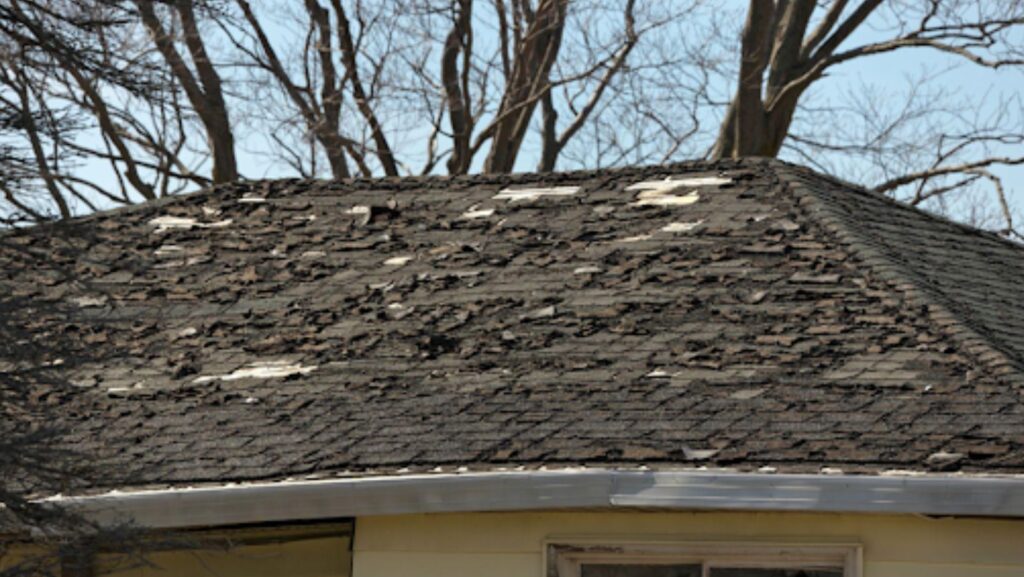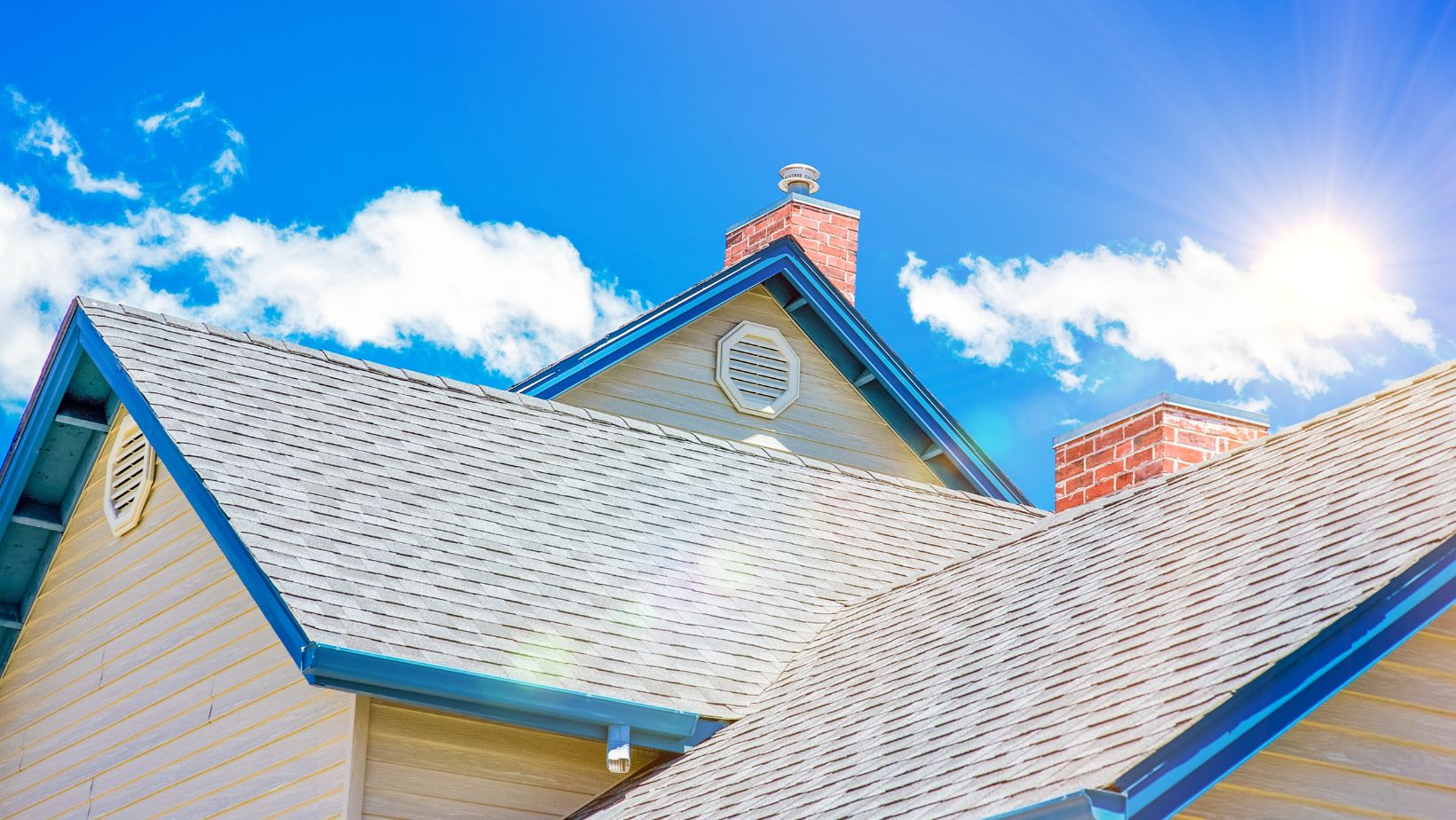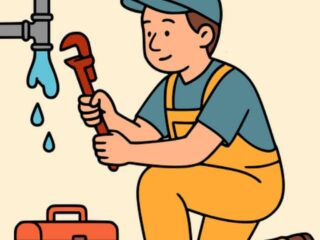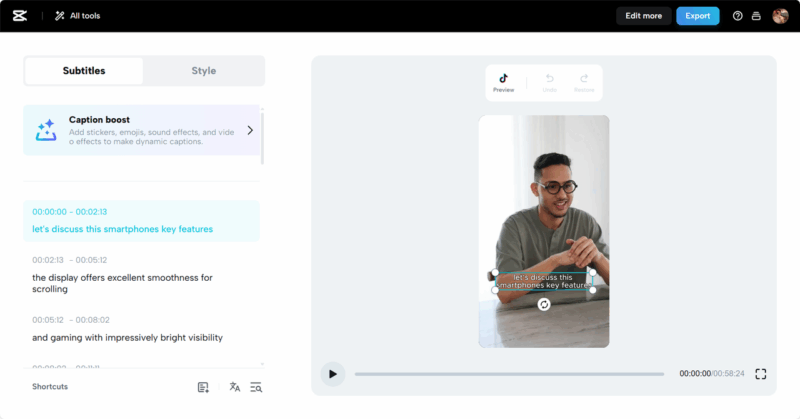
Maintaining the roof of your home is paramount to safeguarding your investment. A roof not only shields the structure from the elements but also plays a crucial role in maintaining the overall integrity of the building. Neglecting regular roof maintenance can lead to significant and costly repairs, some of which could have been easily avoided with timely attention. Regularly inspecting your roof can help you identify issues early and address them before they escalate. Here’s a handy checklist to help homeowners spot common roofing problems.
Missing, Broken, or Curled Shingles
Shingles are fundamental in protecting your roof from water ingress and taking the brunt of weather’s wear and tear. Over time, shingles can suffer from exposure to severe weather conditions, including intense sun, heavy rains, and strong winds. Age is also a contributing factor, leading to brittleness and potential cracking.
From ground level, you can often spot missing or damaged shingles. Curled shingles may be apparent as they may appear lifted or bent at the edges, disrupting the uniformity of the roofline. Ignoring these issues can result in leaks, which may cause water damage to the roof’s underlying structure and even the interior of your home.
Timely replacement of damaged shingles is critical in preventing minor problems from turning into significant structural damage. Even a single missing shingle can create vulnerabilities where water can seep in, leading to mold and rot.
Sagging Roof
A sagging roof is a more severe and visually noticeable issue, indicating underlying structural concerns. Typically, a sagging roof presents as a dip or curve in the roofline when viewed from the ground. This issue can stem from multiple causes, with water damage and substandard construction practices being prevalent.
Water damage can weaken the roof’s support structures, causing the beams and trusses to deteriorate. Additionally, excessive weight from accumulated snow or ice and poor-quality materials can also contribute to sagging. If left unattended, a sagging roof can escalate to further structural compromises, posing safety risks and requiring substantial repairs.
Should you observe a sagging section in your roof, immediate action is needed. Contacting a roofing specialist to assess the extent of the damage and recommend corrective measures is crucial to prevent further degradation.
Leaks and Water Damage
Detecting leaks and water damage is essential for maintaining the roof’s efficacy. Indications of leaks often manifest within the home, with water stains on the ceiling, damp spots on walls, or peeling paint being common signs. Addressing leaks immediately can prevent extensive damage, including the development of mold, compromised structural components, and damaged insulation.
Leaks typically originate from damaged flashing, which is used to seal joints and seams around vent pipes, chimneys, and skylights. Ensuring that flashing is in good condition is vital in preventing water infiltration.
Preventative measures include keeping gutters clean to ensure proper water drainage away from the roof and routinely inspecting vulnerable areas such as valleys and seams. Prompt leaking roof repairs to small issues can prevent them from escalating into major problems.
Moss, Mould, or Algae Growth
Moss, mold, or algae growth on your roof isn’t just an eyesore; it can also damage the roof’s lifespan and integrity. These organic growths thrive in damp, shaded environments and can hold moisture against the roof’s surface, leading to rot and deterioration of shingles and other materials.
Moss typically appears as green, fuzzy growth, while mold and algae might present as black streaks or spots. Although it might look minor initially, prolonged growth can lift shingles and create gaps where water can enter, causing extensive damage.
Cleaning your roof safely involves using a mixture of water and mild detergent applied with a soft brush. Avoid high-pressure washing as it can damage the shingles. For extensive growth, or if you’re unsure about the cleaning process, it’s wise to consider professional roof cleaning services.
Granules in the Gutter
Roof shingles are coated with granules that not only add color and texture but also provide UV protection. Over time, these granules can wear away and end up in your gutters. It’s normal to find some granules after new shingles are installed or following high-wind events. However, large accumulations in your gutters and downspouts may indicate that your shingles are losing granules prematurely.
Excessive granule loss can lead to the shingles becoming brittle, reducing their effectiveness in protecting your roof. While inspecting your gutters, if you discover an unusual amount of granules, it might be an indication that it’s time to consider shingle replacement.
Checking your gutters regularly for granules can provide critical insights into the health of your roof. If significant granule loss is observed, consulting with a roofing professional can determine whether repairs or a full roof replacement are necessary.
Conclusion
In conclusion, maintaining regular inspections of your roof is crucial in identifying potential problems early and mitigating the risk of substantial repairs. Missing, broken, or curled shingles, a sagging roof, leaks, moss, mold, algae growth, and granules in the gutter are significant indicators of potential issues that should not be ignored.
Taking prompt action to address these signs can save both money and time, preserving the structural integrity of your home. Regular professional roofing inspections can provide a comprehensive assessment and maintenance plan to ensure your roof remains in optimal condition.
Roof plumbing warning signs should also be kept in mind as they can be indicative of underlying issues that might require specialist attention. Maintaining your roof is an investment in the longevity and safety of your home, ensuring a secure and comfortable living environment for years to come.














